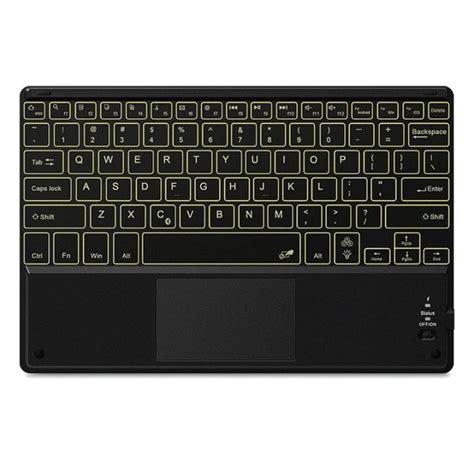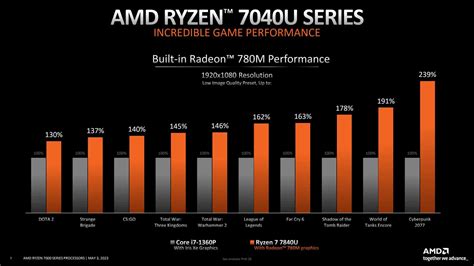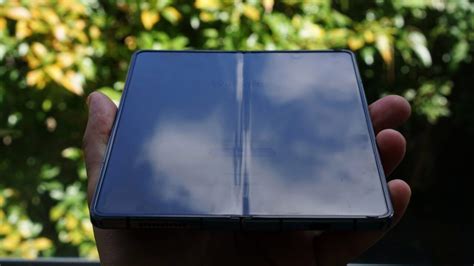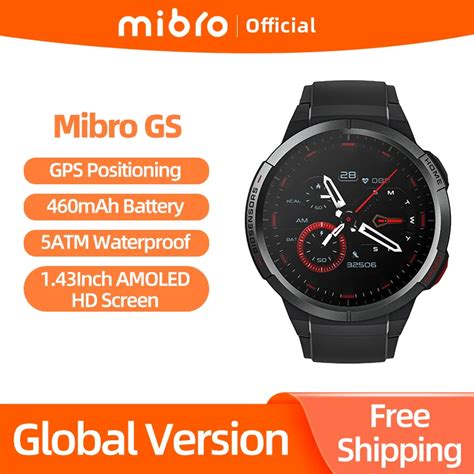In the world of tablet computing, the keyboard has always been a crucial component for those who prefer typing over swiping. However, the performance of tablet keyboards can vary significantly, particularly when it comes to latency. This article delves into the differences in latency between third-party Bluetooth keyboards and official trackpad keyboards, exploring why one might experience more delays than the other.
**Understanding Latency in Tablet Keyboards**

Latency, in the context of tablet keyboards, refers to the time it takes for the tablet to register the keystrokes and respond accordingly. This delay can be caused by several factors, including hardware, software, and the communication protocol between the keyboard and the tablet.
**Third-Party Bluetooth Keyboards**
Third-party Bluetooth keyboards offer a wide range of options, from budget-friendly models to premium, high-quality devices. These keyboards often come with additional features like backlighting, custom keycaps, and programmable keys. However, the use of third-party Bluetooth technology can introduce latency issues.
One of the primary reasons for the latency in third-party Bluetooth keyboards is the pairing process. Unlike official trackpad keyboards, which are designed specifically for a particular tablet model, third-party keyboards require pairing with the tablet, which can sometimes lead to communication delays. Additionally, the Bluetooth protocol used by these keyboards might not be optimized for tablet input devices, further contributing to the latency.
**Official Trackpad Keyboards**
Official trackpad keyboards, on the other hand, are designed by the tablet manufacturer to work seamlessly with the device. These keyboards typically use a dedicated USB-C or USB-A connection, eliminating the need for pairing and minimizing latency.
The official trackpad keyboards also benefit from optimized software integration, ensuring that the tablet can register keystrokes with minimal delay. Moreover, these keyboards are designed to work in tandem with the tablet’s built-in trackpad, which further reduces latency as the devices communicate directly with each other.
**Comparing the Latency**
When comparing the latency between third-party Bluetooth keyboards and official trackpad keyboards, it’s evident that the latter tends to offer a better user experience. Official trackpad keyboards can have latency as low as 10 milliseconds, while third-party Bluetooth keyboards may experience delays ranging from 30 to 50 milliseconds or more.
The difference in latency can be noticeable, especially when typing fast or during critical tasks like coding or gaming. In such scenarios, even a few milliseconds of delay can impact productivity and user satisfaction.
**Conclusion**
In conclusion, while third-party Bluetooth keyboards offer versatility and a wide range of features, they often come with the trade-off of increased latency. Official trackpad keyboards, on the other hand, are designed to provide a seamless and efficient typing experience with minimal delay. When choosing a tablet keyboard, it’s essential to consider the importance of low latency and prioritize devices that offer the best performance in this aspect.



